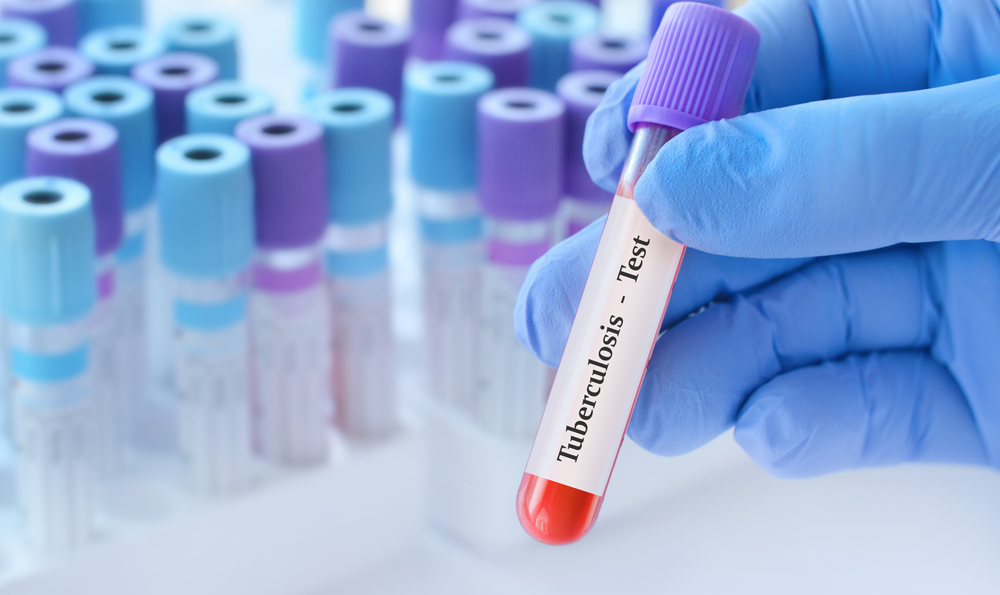After nearly three decades of decline, the number of tuberculosis, or TB, cases in the United States is rising. According to the Centers for Disease Control and Prevention (CDC), both the number of cases and the incidence rate increased in 2023 for the third year since 2020. Prior to the COVID-19 pandemic, tuberculosis had been steadily declining in the United States since 1992.
So, how is this infectious disease that’s often thought of as an illness of the past reemerging? And how do you know whether you’re at risk?
Robert Roland, DO, section chief of infectious disease for Atlantic Health System, explains what you should know about tuberculosis.
The world’s deadliest infectious disease
According to the World Health Organization (WHO), tuberculosis was responsible for 1.25 million deaths worldwide in 2023, and, in 2024, reclaimed the title of the world’s deadliest infectious disease from COVID-19. In the United States, there were 9,633 cases of TB reported in 2023 — a rise of almost 16% from 2022.
Yet despite the increases, the United States continues to report one of the lowest TB incidence rates in the world. In fact, most of the recent cases of tuberculosis aren’t instances of new transmissions of the disease, but sudden activation of latent (or dormant) infections that were previously undetected.
Tuberculosis explained
Tuberculosis is a disease caused by bacteria. Most commonly, it affects the lungs, but it can spread to other parts of the body, too, including the brain.
“Tuberculosis can pretty much affect any organ once it makes its entry through the lungs,” Dr. Roland says.
The disease is spread through the air (through coughing, talking, breathing, and even singing) when someone who is infected with tuberculosis shows symptoms (like fever, fatigue, coughing, night sweats, and weight loss), which is known as having active TB. Exposure only takes inhaling a few germs.
The good news is that most people exposed to TB don’t get sick. That means they’re not considered infectious because they don’t have so-called active disease. Still, they would test positive for tuberculosis on a skin or blood test — the diagnostic methods used to screen for TB.
Because it’s relatively infrequent in the United States, health care providers don’t use vaccines against tuberculosis. Yet if you test positive for tuberculosis and it’s inactive, you can be treated preventively to stop the onset of the disease. If you have active tuberculosis, treatment typically includes a four-to-six-month course of multiple antibiotics.
Who may be at risk for tuberculosis
The problem with inactive tuberculosis is that it can reactivate down the road, with the greatest risk within the first one to two years after exposure. Reactivated TB is what’s behind 85% of cases in the United States right now, Dr. Roland says.
Dormant tuberculosis can become active when you develop another health condition that weakens your immune system, he says. That could be a cancer like leukemia or head and neck cancer, a virus like human immunodeficiency virus (HIV), or an autoimmune disorder like lupus. But it can also become active without the presence of another health condition.
Symptoms of tuberculosis
Often, the symptoms of active tuberculosis are mild for many months — at first, they may not even show up at all, which can lead to treatment delays. When they do develop, common symptoms of TB disease include:
- Chest pain
- Fatigue or weakness
- Fever
- Night sweats
- Persistent cough, including with blood
- Unexplained weight loss
“If you have a concerning symptom by itself or in combination with other symptoms, it’s time to see your doctor,” Dr. Roland says.












